Weeping willow
Fairy tales and poems were often composed about this plant in Russia. Various types of willows love wet areas and are great for home gardens. The garden willow, which can be found not only in gardens, but also in city squares - Tristis, has picturesque hanging shoots, but quickly grows to impressive sizes and therefore is appropriate only in spacious gardens.
On the small dacha it is better to grow smaller varieties, such as the purple willow Nana or Pendula.
According to gardeners, weeping willow is considered an effective plant in helping to drain the soil. It is easy to fit into any landscape project.
Birch
Another deciduous tree that withstands moist soil well. It is believed that birch pumps up to 200 liters of water per day. Owners of damp areas also notice efficiency:
"When the birch grew up, we noticed that the flower bed next to it had to be watered 3-4 times more often than the one at the other end of the site. Even after rain under the birch, the soil dries out 2 times faster."
Fluffy birch is the most cold-resistant of birches, therefore it is well suited for planting in the central region. Young specimens have a thin, sparse crown, after a while it grows, becoming the pride of the gardener. To solve the problem of flooding, plant 2-3 trees at the bottom of the plot or drainage point.
In the cultivation of birch there is one caveat: the root system does not penetrate deep into the ground, so it can suffer from windblow.
Maple red
IN landscape design this unpretentious tree has been used for a long time. Many varieties of maple varieties allow you to choose the most suitable for the site. Red maple - up to 15 m high, with a spreading picturesque crown - is good for waterlogged soils. It blooms in March-April, has reddish leaves that turn green by summer.
Prefers the sun, but is considered shade-tolerant. It is not afraid of wind, smoke and gases, therefore it is grown even in cities. It does not like alkalization, but it grows well on wet and loamy soils, absorbing excess water. Handsome both in a group and alone.
Alder gray
Pendula gray alder tolerates swampy soil well. It grows up to 6 meters both in height and in width. Perfect for spacious areas with a pond: branches falling to the water look very picturesque.
But for growing in small front gardens, more compact varieties are suitable. These include bush-shaped alder Aurea with a conical crown and Laciniata with openwork leaves.
Plum and thorny plum
The only fruit tree that drains the soil, rennlode is a subspecies of domestic plum. But the plant is demanding not only for soil moisture, but also for its composition, therefore it will not be easy to grow abundantly fruiting plums without observing technologies.
Least of all hassle is the turndonkey... These compact trees should be planted 2.5 meters apart. "Blackthorn" is not afraid of pests, gives a bountiful harvest, is unpretentious - but requires control, as it grows, occupying an impressive area.
Chokeberry and viburnum
These plants are not only picturesque, but also help to slightly reduce the water level in heated garden areas. They have an intensive metabolism and fairly wide leaves, and their dense root system is close to the surface of the earth.
Chokeberry or chokeberry is used for planting hedges and strengthening of ravines. Prefers moist loamy soils and an abundance of sun. Gives tart juicy berries. Another shrub that loves water is viburnum. It is shade-tolerant and produces healthy fruits in the form of red berries, from which compotes and jams are made.
Metasequoia is the oldest
Most conifers do not tolerate flooded areas, but there is an unusual tree that grows well in humid places - the relict metasequoia. In the open field, it is successfully grown up to St. Petersburg, where it endures long frosts. At home in China, metasequoia grows around flooded rice paddies. Easily tolerates the high standing of groundwater.
Loves light and does not tolerate drafts. Suitable for creating oriental-style gardens and framing water bodies.
Drainage is the most effective solution for draining garden soil, and plants are just a supplement. After planting them, over time, the water balance will change, and the process of planting selection will become more flexible - you can plant other bushes and trees you like.

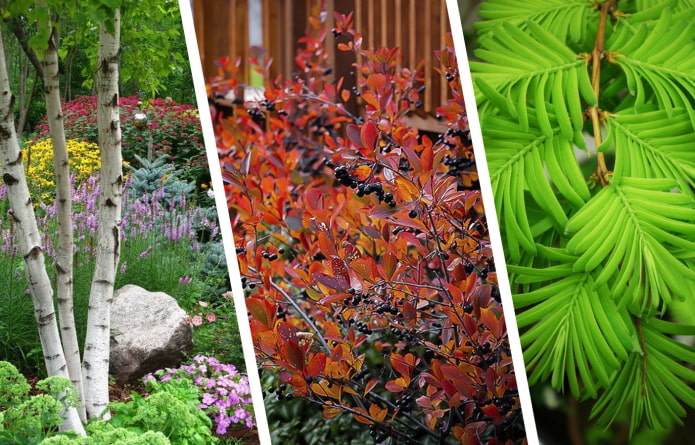
 10 practical tips for arranging a small kitchen in the country
10 practical tips for arranging a small kitchen in the country
 12 simple ideas for a small garden that will make it visually spacious
12 simple ideas for a small garden that will make it visually spacious
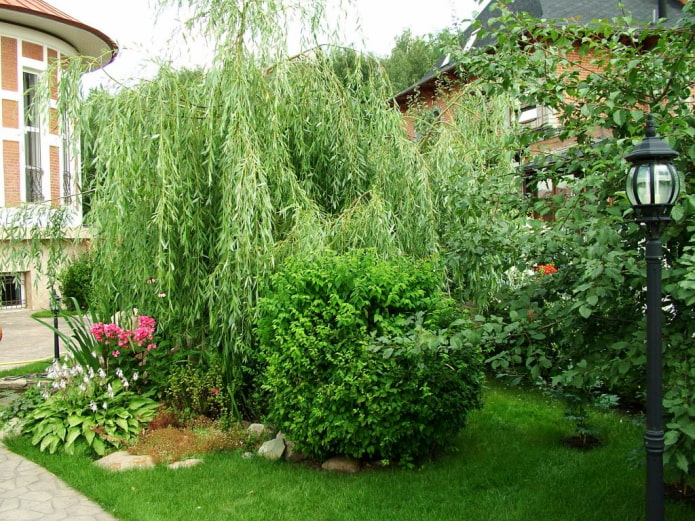
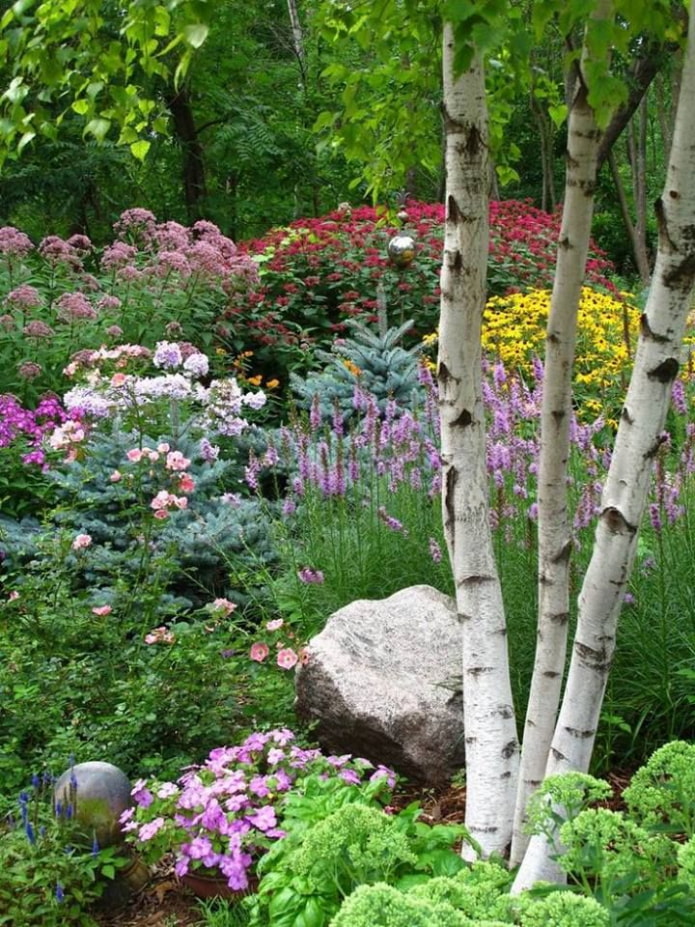

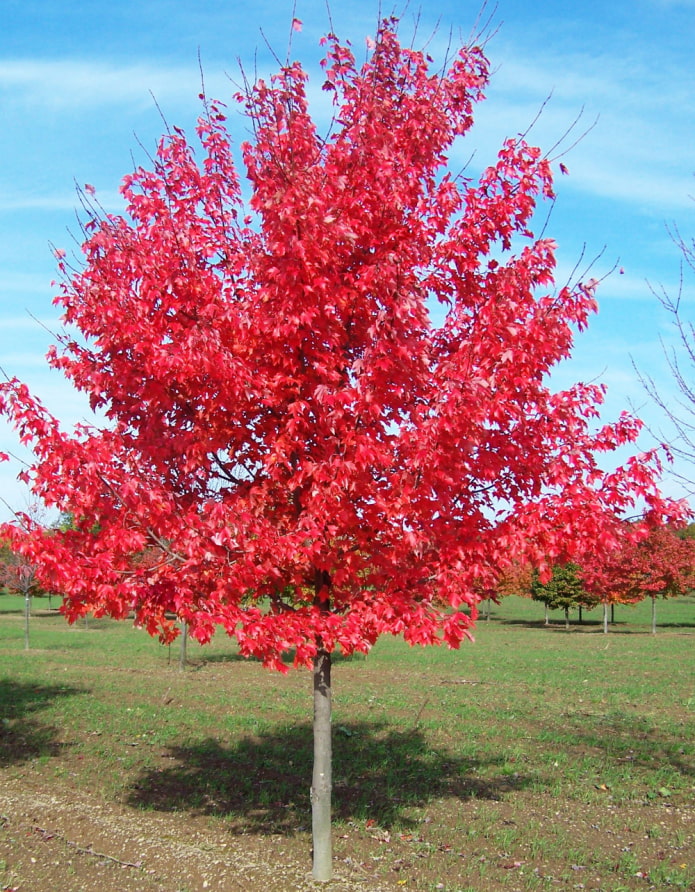
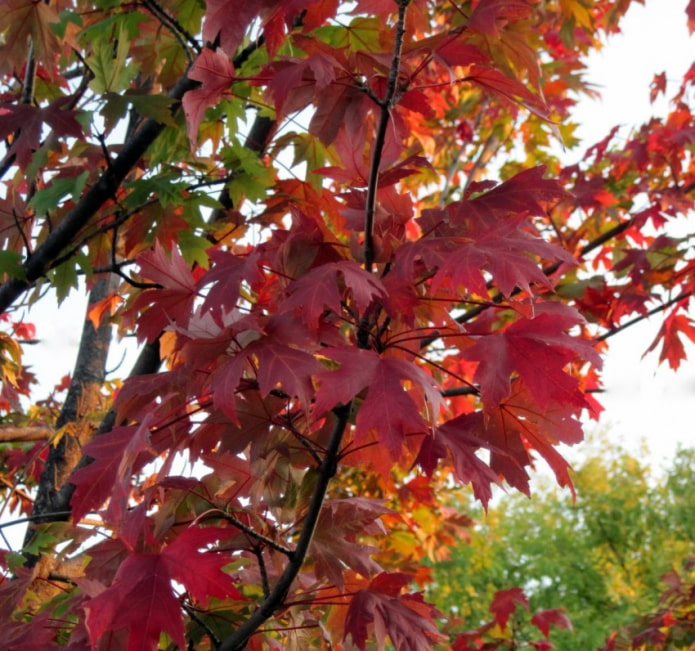
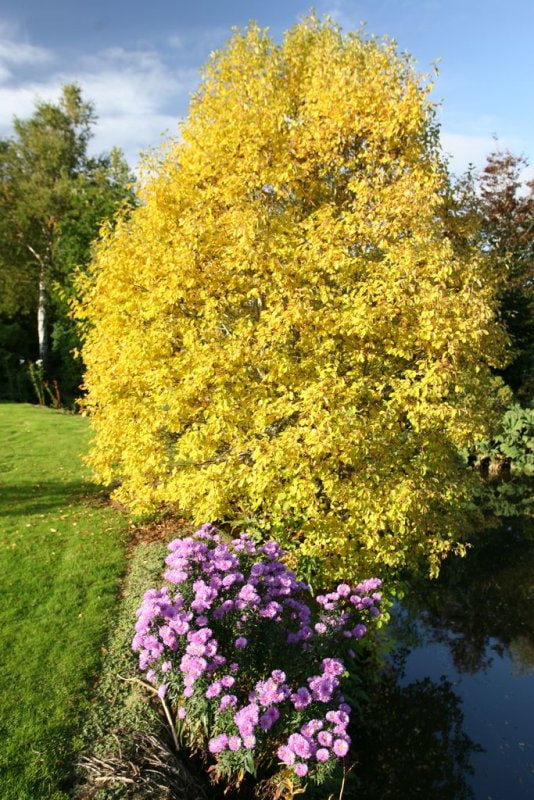
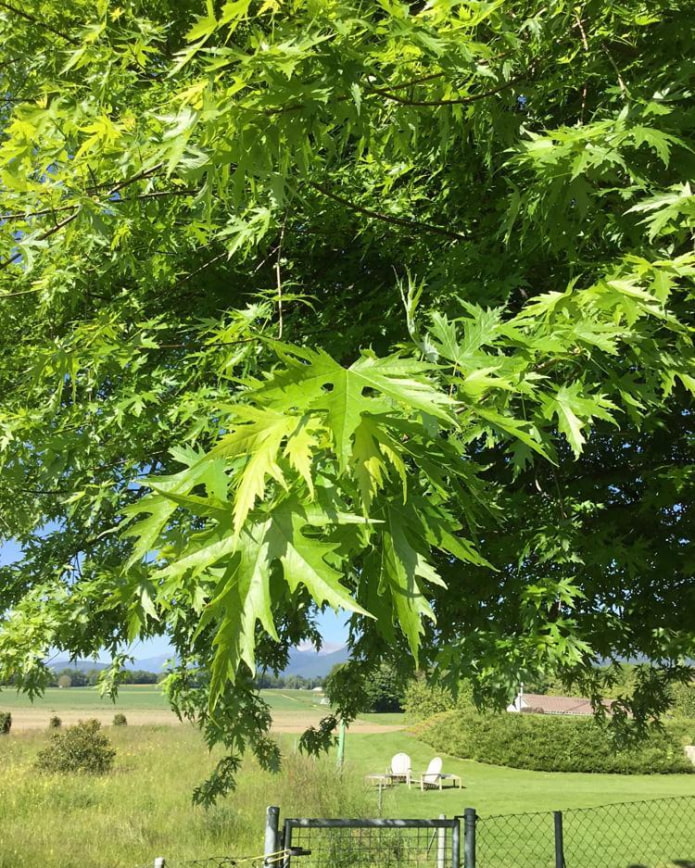
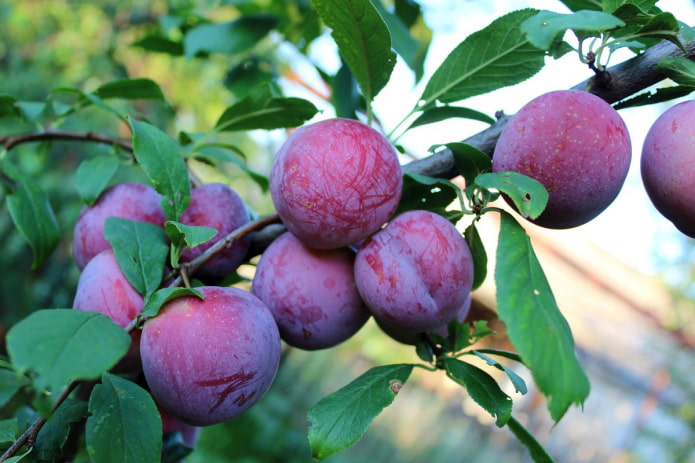
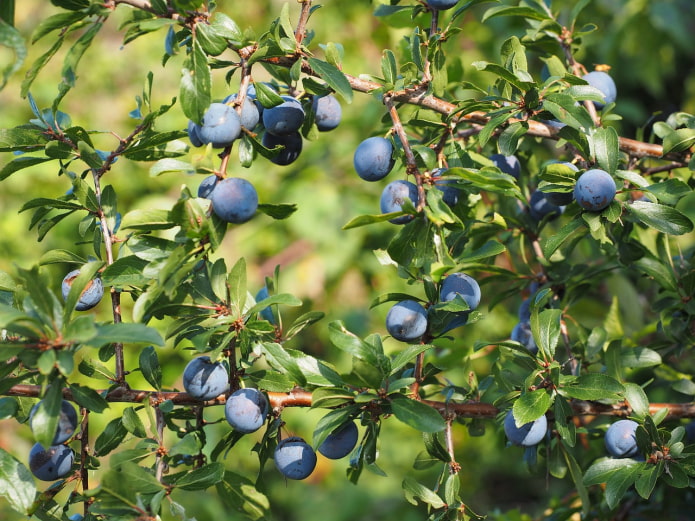
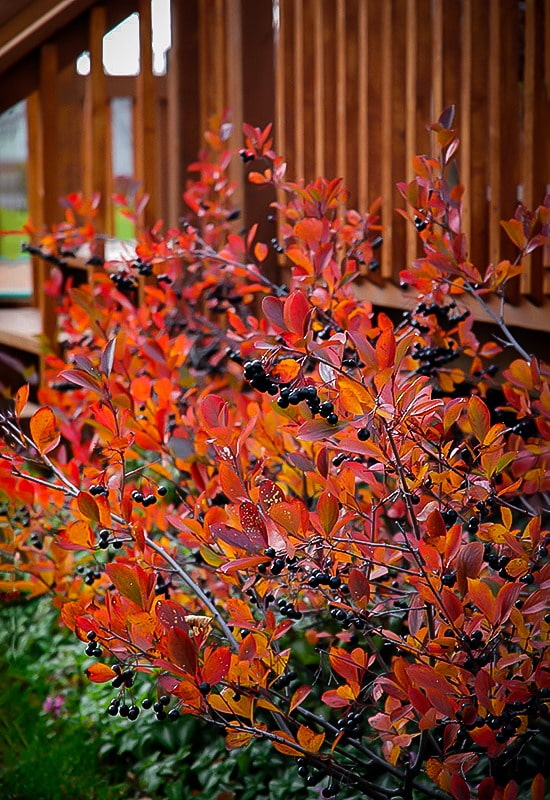
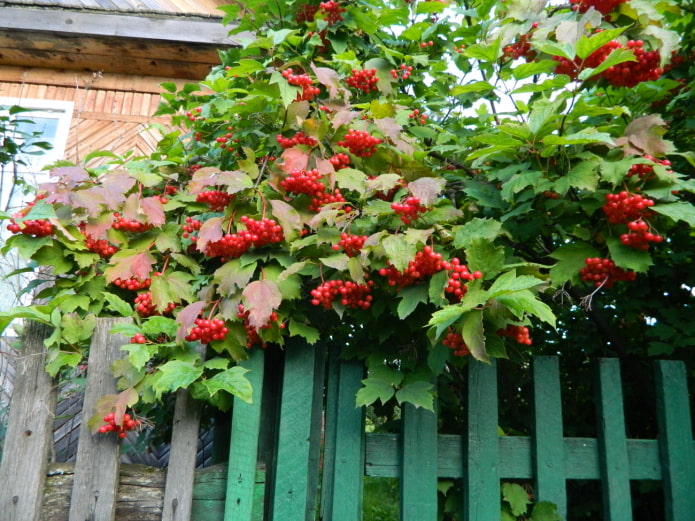
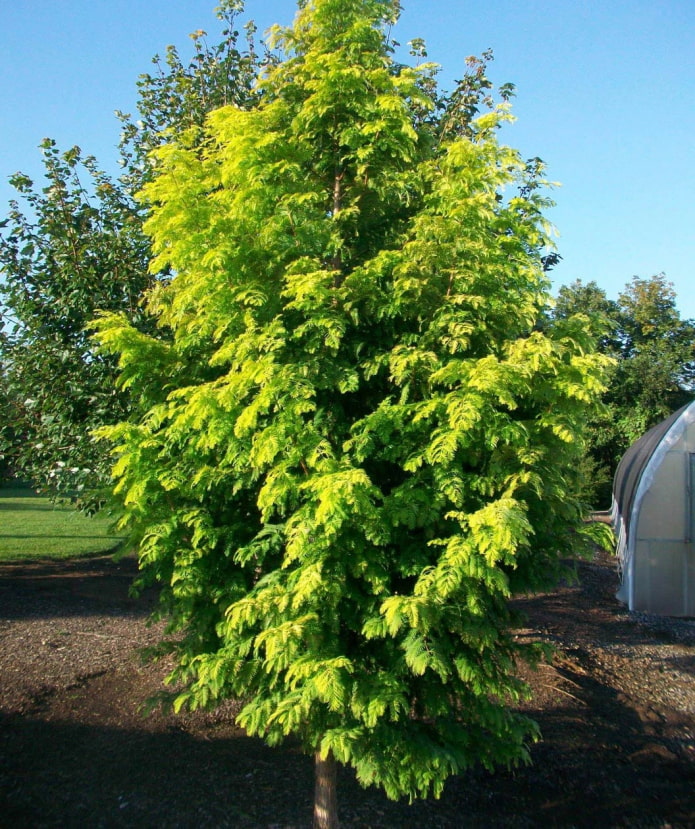

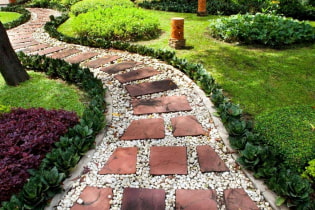 How to decorate garden paths beautifully for a summer residence?
How to decorate garden paths beautifully for a summer residence?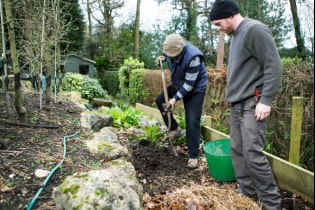 What fertilizers should be used in spring?
What fertilizers should be used in spring? How to use gabions on the site?
How to use gabions on the site?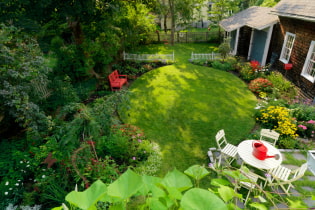 Landscaping of a summer cottage on 6 acres
Landscaping of a summer cottage on 6 acres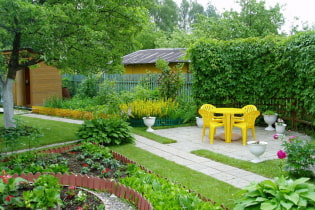 How to arrange the landscape design of a suburban area of 4 ares?
How to arrange the landscape design of a suburban area of 4 ares?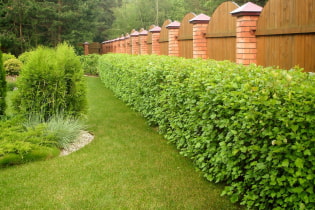 What plants can you make a hedge?
What plants can you make a hedge?